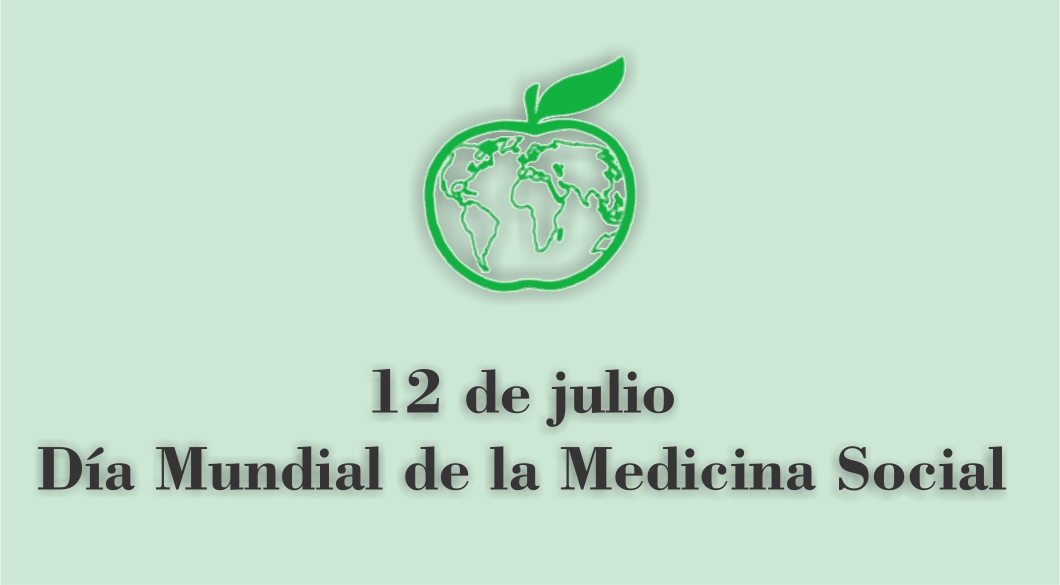Analysis of HIV and syphilis transmission prevention programs: how to implement them for adolescents
Abstract
Objectives: Adolescents tend to want to try everything that they have not yet experienced. The main factor that causes this is curiosity about what adults do, including sexuality. The aim of this study is to analyze HIV and syphilis transmission programs for adolescents in North Sumatra. Methods: We used a cross-sectional design analytical survey by taking 729 people as a sample of the total adolescent population of around 19.4%. Non-random tools and interview materials using questionnaires adopted from The Prospero Network were made through an online platform. Then the results were transferred into a statistical-based application for descriptive data analysis and bivariate (chi square) and multivariate statistical tests (multiple logistic regression). Results: We found that less than 50% of respondents conducted HIV and Syphilis free examinations through the laboratory and reactive confirmation tests through health facilities. Statistical test results showed that all variables were related and the risk to be up to 160.7 times in bivariate and 176.3 in multivariate. Conclusion: Not conducting HIV and Syphilis transmission prevention programs for adolescents entails a high risk, and the government and community must work together so that these programs always run well. Keywords: adolescents, health program, HIV, syphilis.
References
Asiah N, Sitohang NA, Suza DE. Knowledge of Street Teenagers About the Dangers of Free Sex and Sexually Transmitted Diseases in the Child Care Community in Medan Maimun Village. J Ris Hesti Medan Akper Kesdam I/BB Medan. 2020; 5(2):170.
Parida D, Indriani I, Kartika S. Analysis of Factors Associated with STI Prevention Behavior in the Productive Age Group 15-24 Years in the Work Area ofthe Menteng Palangka Raya Health Center. Din Health J Partería y Enfermería. 2020; 11(1):49-60.
DN, Darmana A, Muhammad I. The Influence of Predisposing, Enabling, and Enabling Factors on Sexual Behavior in Daya Senior High School Medan. J Health Global. 2018; 1(2):53.
LC, Sriati A, Maulana I. Description of sexual behavior in adolescents. Holistic J Health. 2020; 14(2):301-9.
Ministerio de Sanidad de la República de Indonesia. Información sobre el VIH/SIDA. Ministerio de Salud de la República de Indonesia [Internet]. 2020;1-8. Disponible en: https://pusdatin.kemkes.go.id/resources/download/pusdatin/infodatin/infodatin-2020-HIV.pdf
Aryani LD, Riyandry MA. Analysis of Factors Associated with the Incidence of HIV/AIDS in Women. J Researcher Nurse Prof [Internet]. 2022; 4(2):61-70. Disponible en: http://jurnal.globalhealthsciencegroup.com/index.php/JPPP/article/download/83/65
Oficina de Salud de Sumatra del Norte. Perfil sanitario de la provincia de Sumatra del Norte 2019. Oficina de salud. 2019; III (2):68-80.
Simorangkir SJV. Asesoramiento sobre cómo reconocer signos y síntomas de enfermedadTransmisión sexual y prevención a estudiantes de SMAN 1 Silima Pungga Pungga. Servicio Comunitario PKM. 2022; 03(01):62-73.
US Hasibuan. The Views of the Medan City MUI on the Protection of Children Infected with HIV/AIDS (Case Study of the Medan Plus Institute). Vol. 7, State Islamic University of North Sumatra. 2021.
DJs. Informe sobre el Desarrollo del VIH SIDA & Enfermedades de Transmisión Sexual (PIMS) para el segundo trimestre de 2019. Germas Ministerio de Salud de la República de Indonesia. p.m. 138-9.
L, Abdillah A, Lubis HK. The Influenced Factors On The Syphilis Disease Infection Matter On The Man Productive Age In The Model Public Health Center Medan Period Of January-September 2019. Int J Lang Res Educ Stud.; 4(2):209-22.
NetworkTP. Standardized protocol for a prospective cross-sectional multicentre clinical utility evaluation of two dual point-of-care tests in non-clinical settings for the screening of HIV and syphilis in men who have sex with men. BMJ Open. 2022; 12(6).
Ahmed HA, Mohamed J, Akuku IG, Lee KK, Alam SR, Perel P, et al. Cardiovascular risk factors and markers of myocardial injury and inflammation inpeople living with HIV in Nairobi, Kenya: a pilot cross-sectional BMJ Open. 2022; 12(6):1-11.
E, Herder T, Björkman P, Månsson F, Agardh A. HIV self-testing for men who have sex with men in Sweden. A cross-sectional study concerning interest to use HIV self-tests. Global Health Action [Internet]. 2022; 15(1). Available from: https://doi.org/10.1080/16549716.2021.2021631
EC, Egesah O, Kiverenge-Etyang GA. Maternal and health care workers' perspectives on exclusive breastfeeding in the context of maternal HIV infection, in Busia County, western Kenya: a mixed methods cross-sectional survey. Int Breastfeed J [Internet]. 2022; 17(1):1-13. Disponible en: https://doi.org/10.1186/s13006-022-00454-z
UNICEF. Directrices para la Gestión de Programas de Prevención de la Transmisión del VIH y la Sífilis de Madre a Hijo. Noticias. Ge. 2019. 1-27 p.m.
Rummel M, Clanner-Engelshofen BM, Nellessen T, Zippel S, Schuster B, French LE, et al. Evaluation of the knowledge of students concerning sexually transmitted infections in Bavaria/Germany (a cross-sectional study). JDDG - J Ger Soc Dermatology. 2022; 20(2):169-76.
NAL, Wahyono TYM. Challenges of Implementing the Prevention Of Mother To Child Transmission (PMTCT) Program: Systematic Review. J Salud Profesional. 2019;4(1):55.


